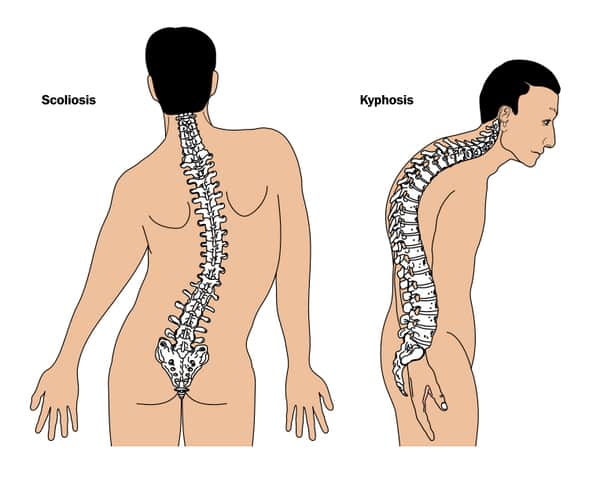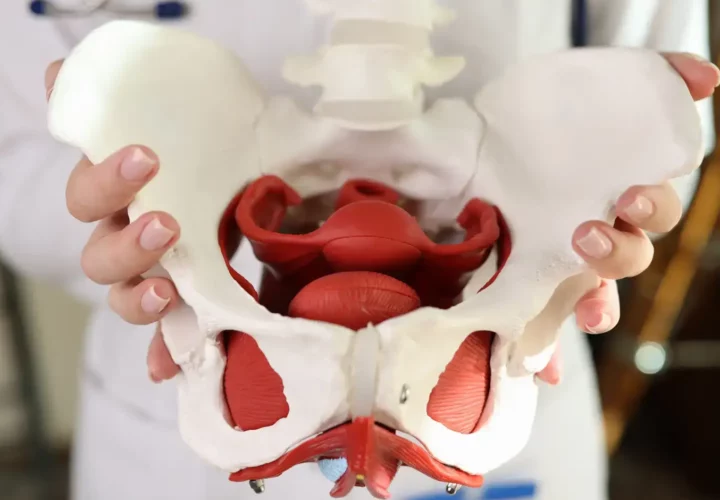Recently my friends have been talking about Ehlers-Danlos syndrome because a famous singer has been diagnosed with it. Not knowing anything about this disorder, I decided to do some research.
Ehlers-Danlos syndrome (EDS) is a group of disorders that affect the connective tissues that support the skin, bones, blood vessels, and other organs and tissues. Because of the defects in the connective tissue, this disorder ranges from mildly loose joints to life threatening conditions. As of 2017, there are 13 types of Ehlers-Danlos syndrome. Most forms of Ehlers-Danlos have an abnormally large range of joint movement. A number of people who have EDS have soft velvety skin that is elastic and fragile. Individuals that are affected bruise easily and have abnormal scarring as well.
Symptoms of EDS
- Joint hypermobility with loose or unstable joints that are prone to frequent dislocations and subluxations. Pain in the joints, hyperextensible joints, and an early onset of osteoarthritis.
- Very soft-velvety like skin. Skin is fragile and tears/bruises easily. Variable skin hyper-extensibility and severe scarring. Wounds heal poorly and slowly and molluscoid pseudo tumors develop.
- Musculoskeletal pain is chronic and onsets early.
- Arterial, intestinal, or uterine fragility or rupture.
- Scoliosis is present at birth and scleral fragility.
- Muscle tone is poor.
- Mitral valve prolapse (MVP). This happens when the mitral valve leaflets bulge or prolapse into the hearts left upper chamber. MVP can sometimes lead to blood leaking backwards into the left atrium. This condition is called regurgitation.
- Gum disease, which is an infection of the tissues that hold the teeth in place. Advanced stages lead to sore, bleeding gums, tooth loss, and painful chewing problems.
How is EDS Diagnosed?
If you think you have any of the above symptoms or a family member has been diagnosed with any of the below conditions, speak to your doctor. Your doctor can diagnose; however, they will probably refer you to a geneticist. Even though EDS is not curable, it is treatable. As more people become diagnosed, the likelihood of expanded research can help lead to finding a cure.
Each diagnosis will start with an examination. Physical testing can be done using the Beighton Scale. This scale helps assess how mobile your joints are, search for abnormal scarring, and tests the skin for its texture and flexibility. Other tests may be done too if your doctor feels it is necessary. Medical history and family history will also be looked into. This can help your doctor see if EDS was inherited. The overall diagnosis comes from finding the type that matches your symptoms the most. Testing will then be done to identify the responsible variant for the gene affected in each subtype. These results provide a basis for genetic counseling to families, treatment options, and reaching research goals.
Genetic criteria can be found here.
The Types of Ehlers-Danlos Syndrome
As stated above, there are 13 types of EDS, as well as multiple types of mutations identified by EDS. Each type of EDS is distinct and runs true in family genetics.
- Classical Ehlers-Danlos syndrome or CEDS. This type has a major criteria of skin hyperextensibility, atrophic scarring, and generalized joint hypermobility.
- Classical-Like EDS or CLEDS. Major criteria include the following: skin hyperextensibility with velvety texture and absence of atrophic scarring, generalized joint hypermobility with or without recurrent dislocations (typically the shoulder and ankle), and the skin is easily bruised or spontaneous ecchymoses.
- Cardiac-Valvular EDS or CVEDS. The major criteria for this condition includes severe progressive cardiac-valvular problems. This can be related to the aortic valve or mitral valve. Along with, skin involvement, skin hyperextensibility, atrophic scarring, think skin, skin that bruises easily, and joint hypermobility.
- Vascular EDS or VEDS. This type has a major criteria of family history with documented causative variant in COL3A1. COL3A1 is DNA found in the gene sequence. Other criteria include, arterial ruptures starting at a young age, spontaneous sigmoid colon perforation in the absence of known diverticular disease or other bowel pathology, uterine ruptures throughout the third trimester in the absence of precious C-section, and severe peripartum perineum tears. Lastly, carotid-cavernous sinus fistula formation in the absence of trauma.

- Hypermobile EDS or HEDS. The overall diagnosis for this condition is still in the clinical period. There is no molecular genetic cause identified yet either. However, having generalized joint hypermobility is a symptom along with a combination of the following: systemic manifestation of a generalized connective tissue disorder, positive family history with at least one first degree relative independently meeting the current diagnostic criteria for HEDS, or musculoskeletal complications.
- Arthrochalasia EDS or AEDS. This condition has the following major criteria of congenital bilateral hip dislocation, severe generalized joint hypermobility with multiple dislocations or subluxations, and hyperextensibility of the skin.
- Dermatosparaxis EDS or DEDS. Two major criteria for this condition include extreme skin fragility and craniofacial characteristics. For a final diagnosis, confirmation by molecular testing is needed.
- Brittle Cornea syndrome or BCS. There are four major criteria with fourteen minor criteria. The major criteria include a thin cornea, early onset of progressive keratoconus, early onset of progressive keratoglobus, and blue sclerae.
- Spondylodysplastic EDS or SPEDS. The major criteria include a short stature which is progressive in childhood, muscle hypotonia, and bowing of the limbs.
- Musculocontractural EDS or MCEDS. Congenital multiple contractures, craniofacial characteristics, and skin features such as easily bruised, fragility, atrophic scarring, hyperextensibility, and palmar wrinkling are major criteria.
- Myopathic EDS or MEDS. The major criteria for this condition include congenital muscle hypotonia, muscle atrophy, proximal joint contractures in the knee, hip, and elbow, along with distal joint hypermobility.
- Periodontal EDS or PEDS. Major criteria includes severe and intractable periodontitis with early onset in childhood or adolescence, lack of attached gingiva, pretibial plaques, and lastly family history.
- Kyphoscoliotic EDS or KEDS. There are ten major criteria for this condition. The top three are congenital muscle hypotonia, congenital or early onset kyphoscoliosis, and generalized joint hypermobility with subluxations/dislocation in particular to the shoulders, hips, and knees.

Life Expectancy
Overall the life expectancy is based off the type of EDS and the individual diagnosed. People with Vascular Ehlers-Danlos syndrome can have a shortened life expectancy due to possible organ and vessel rupture. Other than that, life expectancy is not typically affected.
Physical Therapy and EDS
Because joints with weak connective tissues are likely to dislocate, physical therapy is a great source for people with EDS. Physical therapy uses exercises to help strengthen muscles around a joint and help stabilize the joint. Also, physical therapists can recommend specific braces to help prevent dislocations in the joint.
Coping with EDS
Having a lifelong illness can be challenging mentally and physically. Suggestions to help cope include the following:
- Increasing your knowledge by taking control of your condition and finding an experienced doctor in EDS.
- Talking to other people about your condition. Talking to friends, family, even your employer about your condition and how to make accommodations at home or the office can help make you more productive in your environment.
- Getting a support system of caring and positive friends and family members. Maybe even a support group where others understand specifically what you are going through can help.
- If you are a family member or friend of someone with EDS, treating them like any “normal” person helps too. Letting them be angry about life sometimes or going out with friends makes a huge impact in their mental health. Making sure teachers or caregivers are aware of their condition and educated in how to help if an injury or fall occurs helps as well.
- Lastly, promoting activity. Encouraging someone with EDS to participate in physical activity with appropriate boundaries goes a long way. If you need some ideas, ask their doctor or physical therapist for some help.
Being diagnosed with any abnormal condition can be scary but being educated on what it is and what to do can be very helpful.



